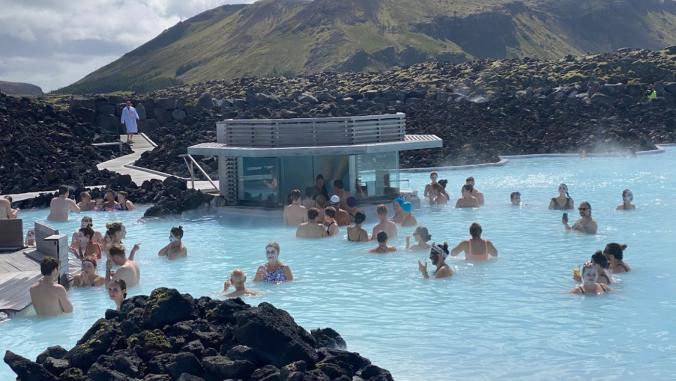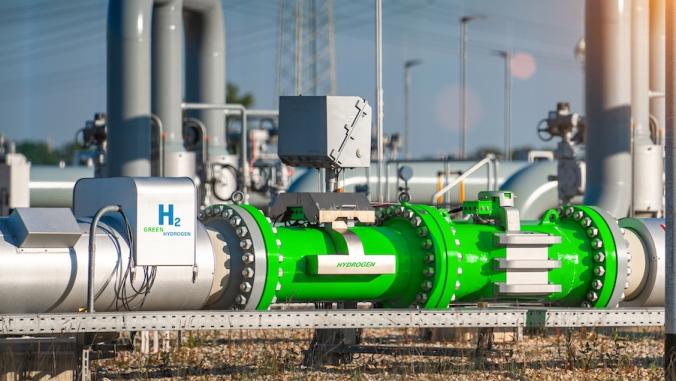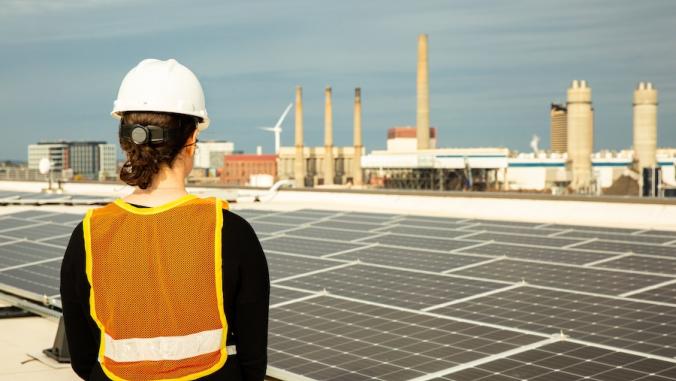A select handful of corporations leading on clean energy have set their sights on the next frontier: 24/7 carbon-free energy (CFE). That means organizations are working to match energy use with clean energy supply in real-time — no easy task, given the intermittent nature of clean energy.
This week, BloombergNEF (BNEF) released its inaugural report breaking down the strategies to reach this goal, and how ready corporations are to make the transition.
Strategies to reach 24/7 CFE
BNEF breaks down the strategies to reach 24/7 energy in five general buckets.
- Clean energy procurement. Procurements can take several shapes, including power purchase agreements (PPAs) and virtual PPAs (VPPAs). Becoming more savvy about which resources are procured can help organizations start to match their consumption with their supply. We’ve seen some of these in action already, including a recent procurement from Google in Belgium and the Netherlands to power operations in Europe and Microsoft’s 2021 procurement in Virginia to power its datacenter.
- Carbon-free energy on the grid. Locating operations in areas with cleaner grids will help companies get closer to 24/7 CFE aspirations. Of course, additionality is the name of the game, so companies locating in areas with dirtier energy make-ups and then working to decarbonize could have a larger net impact.
- Policy landscape and ecosystem management. Policy environments dictate if companies are able to have PPAs, utility partnerships, or retail choice. Corporations can locate themselves in markets with favorable policy environments and push all markets to embrace policies to make clean energy more available.
- Demand-side flexibility. Companies can shift loads to when renewables are more plentiful, as well as increase energy efficiency across operations.
- Supply-side flexibility. Organizations can (and should) invest in new firm, clean baseload technologies, such as nuclear and geothermal, as well as deploy energy storage.
Setting a goal of 24/7 CFE isn’t for every corporation. Many companies haven’t articulated a clean energy strategy at all, meaning many of these strategies may feel like signing up for a marathon before learning how to walk.
But wherever a company is on its journey, these tools indicate a lens by which companies can start to think about energy strategies in impactful ways.
Which corporations are winning the most 'ready' race?
Today, only select companies with large profit margins and a penchant for problem solving have set their sights on CFE. Based on the above mentioned tools, BNEF broke down which corporations are most "ready" to transition to CFE. The top three spots is a horse race between Google, with a 75.1 readiness score, followed by Meta, with a 74.4 readiness score, and Microsoft, with a readiness score of 74.3. This score reflects the aggregate of where companies are excelling in the five strategic tools, with each company having strengths in different areas.
Barriers to reaching CFE
While awareness of CFE is growing, massive gaps need to be addressed to shift electricity to clean energy all day, every day. Among the most pressing:
A lack of transparency. There’s a corporate truism: You can’t manage what you can’t measure. Today, most companies don't know what the carbon intensity is of the grid that they operate on — meaning they don’t know what problems they’re trying to fix. And that’s assuming the companies want to know what the problem is in the first place.
Caroline Golin, Google's global head of energy market development and policy, thinks companies are hesitant to push for transparency out of fear that their carbon footprint is larger than they’d like to address.
"I think if we don't celebrate that transparency, we're going to continue to avoid fixing the real problems," said Golin in a conversation. "We have a transparency problem in our policies, and the way utilities are presenting the problems and solutions to decarbonize."
Antiquated carbon accounting standards. Today there is one governing standard, the Greenhouse Gas Protocol, that organizations around the world follow to calculate their carbon impact. The standard is due for an update. The guidance for calculating Scope 2 emissions (the indirect emissions from electricity generation) doesn’t incorporate time and location matching. Rather, it’s better suited for calculating renewable procurements on an annual basis. (If you want to wonk out on this topic, WattTime wrote a report last fall with suggestions for new methodology.)
A years-long interconnection queue. Our slow process to interconnect new projects to the grid is quickly creating a bottleneck for realizing our clean energy future. New analysis from Berkeley Lab states the queue grew 40 percent in 2022, as the Inflation Reduction Act inspired more projects to get in line.
This barrier may simply be the largest threat to a swift transition to clean energy, and isn’t unique to CFE. Today, more than 2 terawatts are waiting in the queue in the U.S. — more than all U.S. installed capacity combined.






